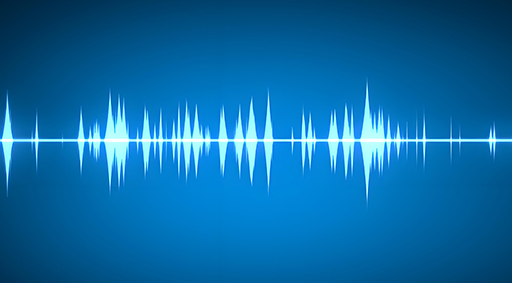The choice between a bandpass filter (BPF) and a low-pass filter (LPF) depends on your specific signal processing needs—neither is universally "better." Here’s a comparison to help decide:
1. Purpose & Frequency Response
Allows frequencies below a cutoff frequency (f_c) to pass while attenuating higher frequencies.
Best for:
Allows frequencies within a specific range (f_lower to f_upper) to pass, rejecting both lower and higher frequencies.
Best for:

2. When to Use Which?
Use an LPF if:
Use a BPF if:
3. Trade-offs
Complexity:
Phase & Delay:
Noise Rejection:
4. Practical Example
Audio Processing:
Wireless Communications:
Biomedical Signals:
Use a BPF (0.5–40 Hz) for EEG to remove DC drift and high-frequency muscle artifacts.
Conclusion:
Choose LPF for general noise reduction and preserving low-frequency content.
Choose BPF when isolating a specific frequency band or rejecting both low/high-frequency interference.
Yun Micro, as the professional manufacturer of rf passive components, can offer the cavity filters up 40GHz,which include band pass filter, low pass filter, high pass filter, band stop filter.
Welcome to contact us: liyong@blmicrowave.com